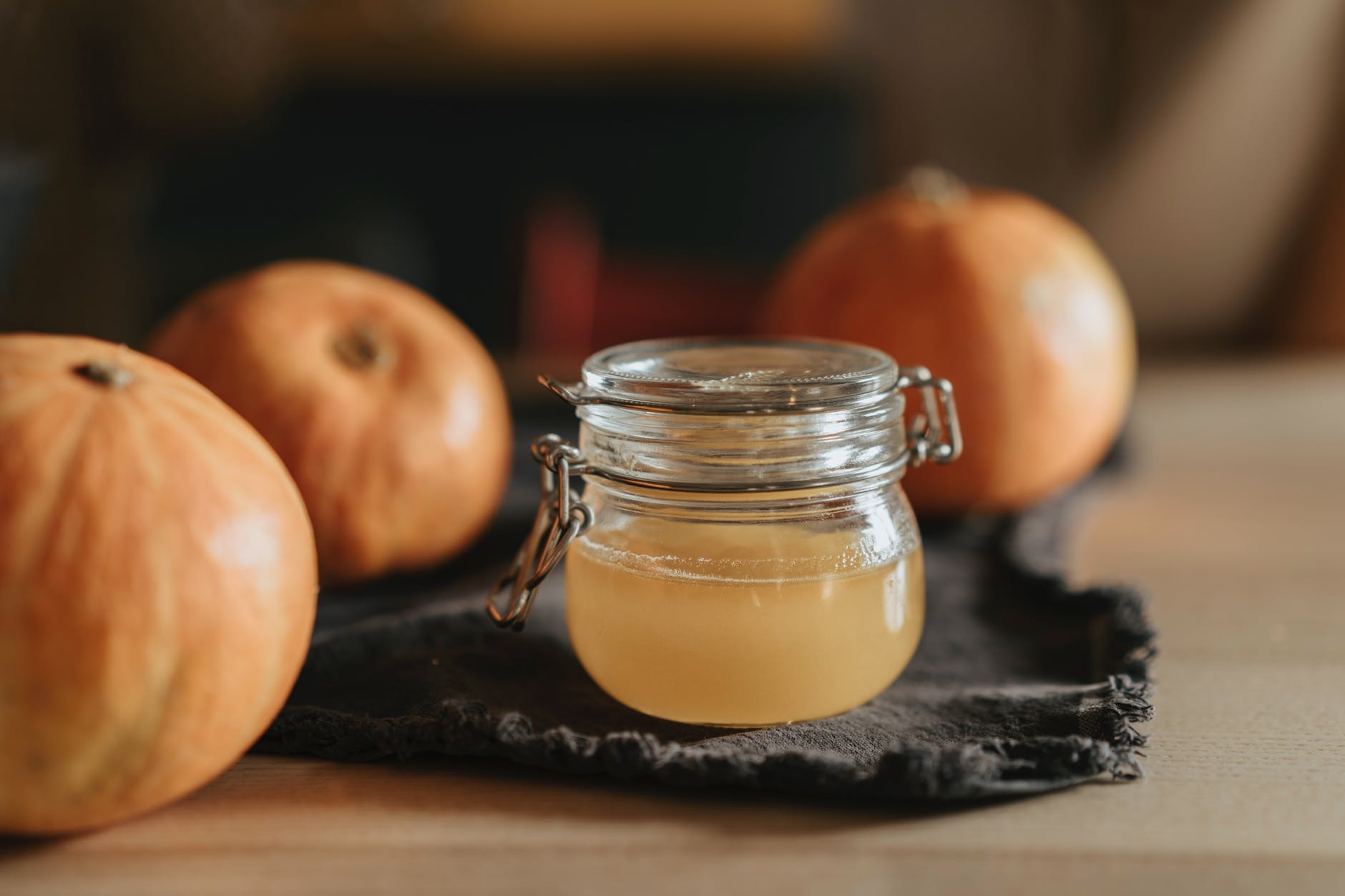
Greetings, fellow keto enthusiasts! Today, we’re diving into the world of salami and its delicious potential on the ketogenic diet. Salami is a flavorful and versatile cured meat that can add a delightful twist to your low-carb, high-fat meals. Join us as we explore the benefits of incorporating salami into your keto lifestyle, discover five mouthwatering salami dishes that promote weight loss, and get ready to savor the flavors of this savory delight while staying on track with your keto goals. Let’s dig in! 🍽️🥩
1. Salami Stuffed Portobello Mushrooms: Start your culinary adventure with a delectable appetizer that combines the earthiness of Portobello mushrooms with the richness of salami. Remove the stems from the mushrooms and stuff them with a mixture of chopped salami, cream cheese, garlic, and herbs. Bake until the mushrooms are tender and the filling is golden and bubbling. These savory bites are perfect for entertaining or as a satisfying keto-friendly snack. The combination of the meaty mushrooms and the flavorful salami creates a mouthwatering dish that will leave you wanting more.
2. Salami and Cheese Roll-Ups: For a quick and easy keto-friendly snack or light lunch, roll thin slices of salami around slices of your favorite high-fat cheese, such as mozzarella or provolone. You can also add a smear of cream cheese or a sprinkle of herbs for extra flavor. These roll-ups not only provide a satisfying combination of fats and proteins to keep you satiated but also offer a convenient grab-and-go option for busy days. The saltiness of the salami pairs perfectly with the creamy cheese, creating a delicious and satisfying bite.
3. Salami and Avocado Salad: Create a refreshing and satisfying salad by combining slices of salami with fresh avocado, crisp lettuce, cherry tomatoes, and cucumber. Drizzle with olive oil and a squeeze of lemon juice for a tangy and nourishing keto meal. The healthy fats from the salami and avocado will keep you feeling full and satisfied while supporting your weight loss goals. This salad is not only packed with flavor but also provides a balance of textures and nutrients, making it a perfect option for a light lunch or dinner.
4. Salami-Wrapped Asparagus Bundles: Elevate your side dish game with this elegant and keto-friendly creation. Wrap bundles of asparagus spears with slices of salami and roast them until the asparagus is tender and the salami is crispy. This dish not only offers a delightful contrast of textures and flavors but also provides a nutrient-rich option packed with fiber, vitamins, and minerals. The saltiness of the salami enhances the natural sweetness of the asparagus, resulting in a mouthwatering combination that will satisfy your taste buds.
5. Salami and Egg Breakfast Muffins: Kickstart your day with a protein-packed and portable breakfast option. Whip up a batch of mini egg muffins by beating eggs with a splash of heavy cream and seasoning, then folding in diced salami and grated cheese. Pour the mixture into a greased muffin tin and bake until the muffins are golden and set. These convenient muffins can be made in advance, making them perfect for busy mornings or an on-the-go keto-friendly breakfast. The savory salami adds a burst of flavor to the fluffy eggs, creating a delicious and satisfying start to your day.
Tips for Enjoying Salami on Your Keto Journey 🍽️🥩
Here are some tips to help you make the most of salami while staying true to your keto goals:
- Choose High-Quality Salami: Opt for high-quality salami that doesn’t contain added sugars or fillers. Look for brands that use minimal ingredients and traditional curing methods to ensure a keto-friendly product. Reading labels and selecting salami made from high-quality meats and natural ingredients will ensure that you’re getting the best flavor and nutritional value.
- Mindful Portion Control: Salami is a calorie-dense food, so be mindful of portion sizes to avoid excessive calorie intake. While it can be a delicious addition to your meals, it’s essential to balance it with other nutrient-dense foods. Enjoy it as part of a well-balanced meal or snack and pair it with other low-carb, nutrient-rich foods like vegetables or a side salad.
- Experiment with Flavors: Salami comes in various flavors, such as spicy, peppery, or herb-infused. Experiment with different types to find the ones you enjoy the most and add variety to your keto meals. Whether you prefer a milder or bolder flavor, there’s a salami out there to suit your taste preferences. Don’t be afraid to try new varieties and explore the world of salami.
- Balance with Vegetables: While salami can be a tasty addition to your keto diet, it’s essential to balance it with an abundance of non-starchy vegetables. Incorporating leafy greens, cruciferous vegetables, and other colorful veggies will provide essential fiber, vitamins, and minerals while complementing the flavors of the salami. Adding vegetables to your salami dishes not only boosts their nutritional content but also adds freshness and texture to your meals.
- Pair with Healthy Fats: Salami is a source of fat, but it’s still important to pair it with additional healthy fats to create a well-rounded keto meal. Consider adding avocado, olive oil, or nuts to your salami dishes to increase the healthy fat content. This will not only enhance the flavor but also provide a satiating and nourishing meal option.
In Conclusion: Elevate Your Keto Meals with Salami 🍽️🥩
Salami is a keto-friendly and flavorful ingredient that can bring a delightful twist to your meals and snacks. With its rich taste and versatility, it offers a range of options to keep your taste buds satisfied while supporting your weight loss journey. Explore these salami-centric dishes, experiment with flavors, and enjoy the savory indulgence that salami brings to your keto lifestyle. Remember to choose high-quality salami, practice portion control, and balance it with nutrient-dense foods to create well-rounded keto meals. Cheers to deliciousness and success on your keto journey! 🎉🍽️












